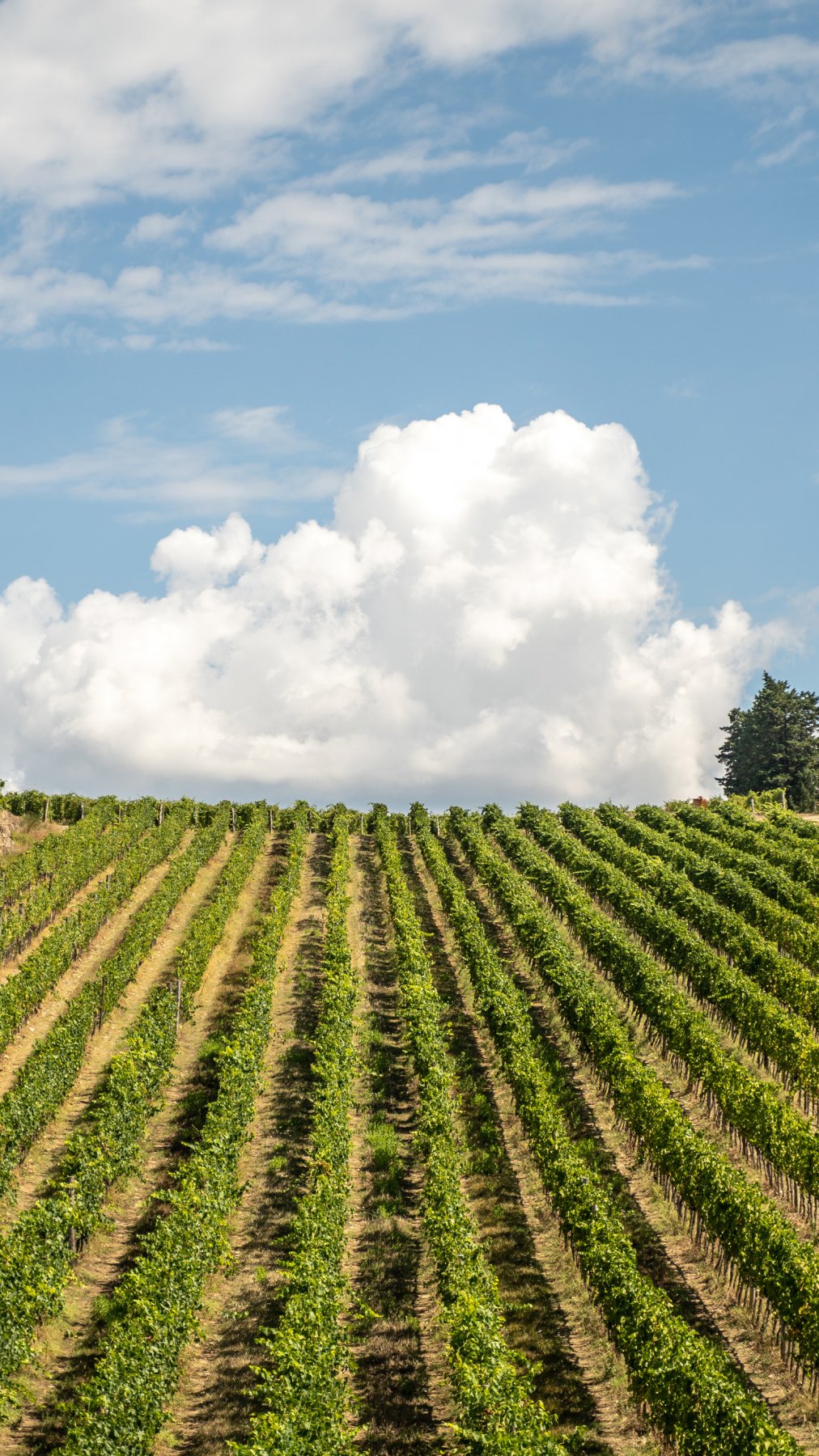It was Il Poggio vineyard, way back in 1962, that heralded the start of Castello di Monsanto’s journey in wine production, with the first harvest overseen by founder Fabrizio Bianchi. Still to this day, the company’s most iconic bottle, Il Poggio, is the first Chianti Classico to feature the name of the specific vineyard from which it comes. White grapes were removed from the recipe in 1968. Il Poggio is the source – thanks to massal selection – of all the Sangiovese, Colorino and Canaiolo vines in the winery’s other vineyards. Over 100,00 bottles have been produced and all of them spend time aging in the castle’s historic cellar, showcasing the wine’s stunning capacity for aging.

Designation
Chianti Classico D.O.C. Riserva
First year of production
1962
Grape varieties
70% Sangiovese; 20% Trebbiano and Malvasia; 10% Canaiolo and Colorino
Training system
Guyot and spurred cordon

Vinification
In temperature-controlled truncated conical steel vats with emptying system (Délestage) and pumping over for about 20/22 days
Maturazione o invecchiamento
In 5000 litre chestnut casks for 3 years
Ageing
Two years of bottle aging
Climate trend
The 1962 vintage was certainly one of the best of the decade, along with those from 1964 and 1967. At Castello di Monsanto, Chianti Classico wines were produced in accordance with the most traditional rules: with the use of white grapes Trebbiano and Malvasia, no de-stemming of the grapes and application of the “Governo alla Toscana” technique. After an exceptionally warm and dry September, harvesting began in the second week of October and the grapes, transported to the winery in large tubs, were turned into must directly in wooden vats without being de-stemmed. Fabrizio Bianchi recalls that in 1962 “the cap was punched down with wooden clubs and, once fermentation was completed, the vats were hermetically sealed until the end of November or beginning of December. To induce a second fermentation, encourage the malo-lactic transformation and reduce acidity, grapes previously dried on racks were added. At the beginning of spring… in the moon of March, as they would say at that time… the wine was transferred into chestnut casks.”

